Before post-punk and Goth in the early days of Punk, British film director, DJ and musician Don Letts pretty much ran the scene at The Roxy in London, spinning primarily reggae and ska music to patrons of all colours. with some of the white boys in the scene calling themselves skin and suedeheads before racist’s co opted the terms, which is showcased in the work of The Beat, and The Specials.
Even before that, there were proto-punk groups, such as Thin Lizzy, and Death, and later during the hardcore scene in DC there is the first band most people think of when it comes to black presentation and Punk: Bad Brains.
One would be gravely mistaken to think that there is no black representation in the fundamental part of Punk’s history. To illustrate this fact, all one need do is take a look at photographer Michael Putland’s 1980 portrait ‘Ladies Tea Party’ that features Pauline Black, and Poly Styrene, along with Debbie Harry, Viv Albertine, and Siouxsie Sioux, and Chrissie Hynde.
But what about Post-Punk and Goth? Some people assume there is no representation in the scene at all, and that the scene is primarily Caucasian—with some Latin and Asian representation as Goth and Post-Punk have been historically popular in countries such as China, Japan, Mexico, and Chile, for example.
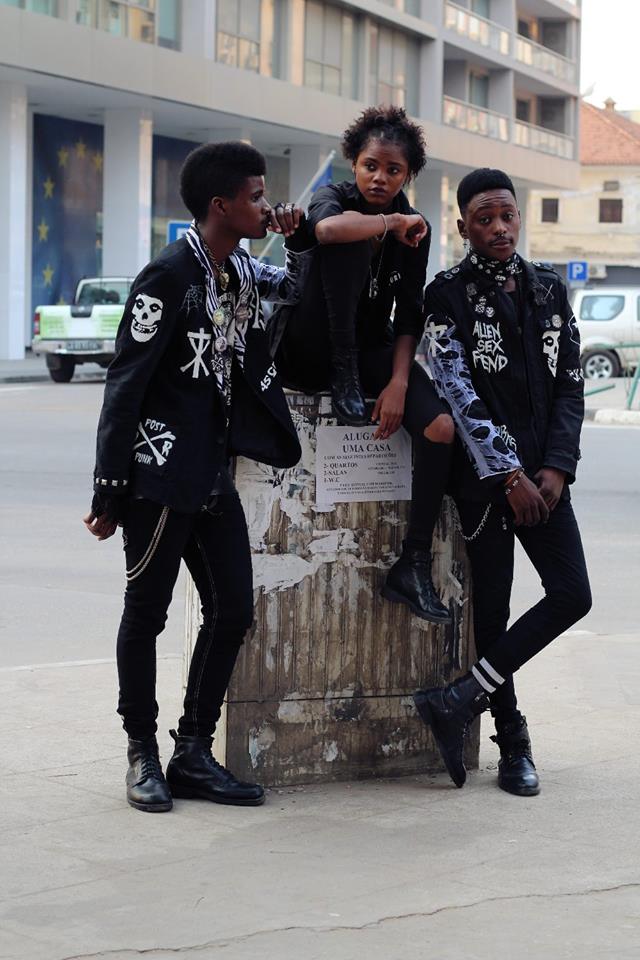
Photo by Adilson Lusitano
Certainly there were black post-punk fans hanging out at clubs such as Danceteria in NYC, or The Batcave in London, and if you were to head over to those cities now, you would likely find representation across several generations of fans.
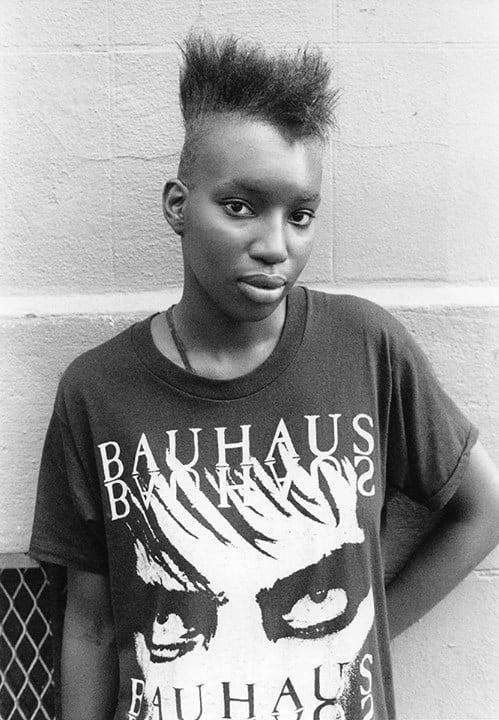
Perhaps in the past, If you were to ask some Goth and Post-Punk fans if they have ever heard a black singer be spun at a club they frequent, 20 ago years they might list the song from the Silence of the Lambs’s soundtrack, Goodbye Horses by Q Lazarus, or maybe the theme to The Neverending Story, where singer Beth Anderson has her duet with Limahl from Kajagoogoo.
Now, in this past decade, we have been lucky to have had two projects that were extremely popular on dancefloors from Berlin to Los Angeles in the music of O Children and Light Asylum. In fact, their songs Ruins, and Dark Allies were so popular that if you were to go out and dance at your local club, these songs may have been the only ones to remain in your memory in the aftermath of party the next day.
And on that note—let’s not forget She Wants Revenge’s Tear You Apart, which became so popular it was lovingly as overplayed as anything by Bauhaus and Joy Division.
But surely there is more than just three recent bands? And a couple of songs from the soundtracks from a fantasy film and suspense thriller.
To some, it may be easier to look to music that is more New Wave, such as in Simple Minds, Fun Boy Three, Culture Club, and Thompson Twins to find black representation, but is it really so difficult to find it in Goth and Post-Punk?
On January 20th, 2018, the first post-punk single Shot by Both Sides by Magazine turns 40 years old. The track features Barry Adamson on bass. Since black musicians have always pioneered music, Goth and Post-Punk being no exception, we decided to compose a list of poc artists new and old to encourage more diversity in the scene in the musicians whose music we listen to, and the fans who go to concerts, club nights, and festivals.
Black Singers
Recent Bands
O Children
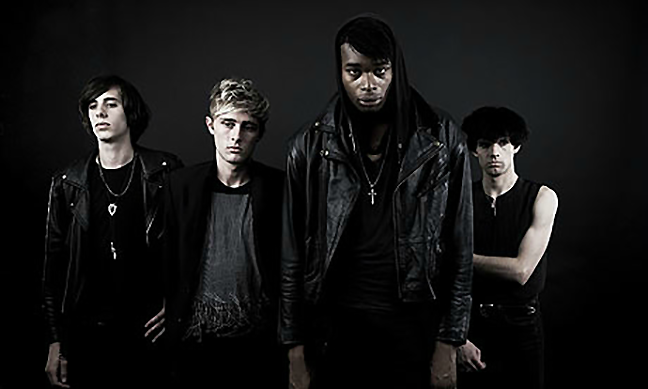
Named after a song by Nick Cave and the Bad Seeds, London’s O Children’s Frontman Tobi’s bellowing baritone is as power sounded as is the look of his towering at 6 foot 8 frame. O Children’s 2010 s/t debut LP is certainly an Goth and Post-Punk essential for any record collection.
She Wants Revenge
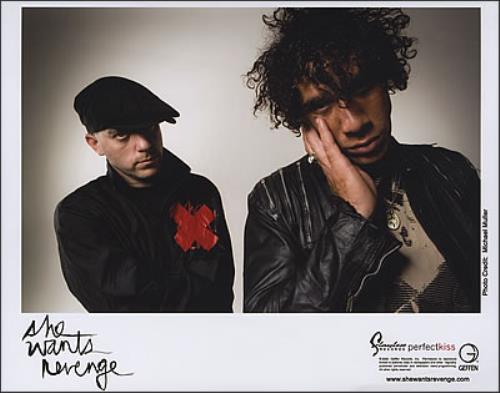
Singer Justin Warfield, and his musical partner Adam Bravin must be making a killing in television and film licensing fees for their Los Angeles based Gothic Post-Punk revival band. I hear they have their own goth club in Hollywood’s Cloak and Dagger as well.
Light Asylum
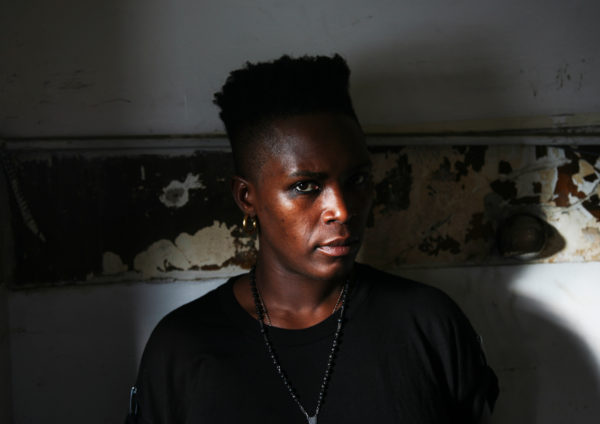
Light Asylum are a Brooklyn-based electronic music duo consisting of Shannon Funchess and Bruno Coviello.
Mount Sims
The stage name of Matthew Sims, a Berlin-based American DJ, performance artist and producer.
Lost Tribe

A Deathrock/Post Punk Revival band from Richmond, Virginia. Now Defunct, LOST TRIBE, featured singer Davey Bales and released Solace on Mass Media Records in the US and Avant! Records in Europe.
Current Deathrock band featuring Davey Bales, formerly of Lost Tribe and Shadow Age, who has also recently released a of poetry, “Dead Flowers.”

Shadow Age
Another great Richmond Post-Punk band featuring singer Aaron Tyree
Infidel
Vancouver Deathrock and Post-Punk band.
Contemporary Post-punk acts
Algiers
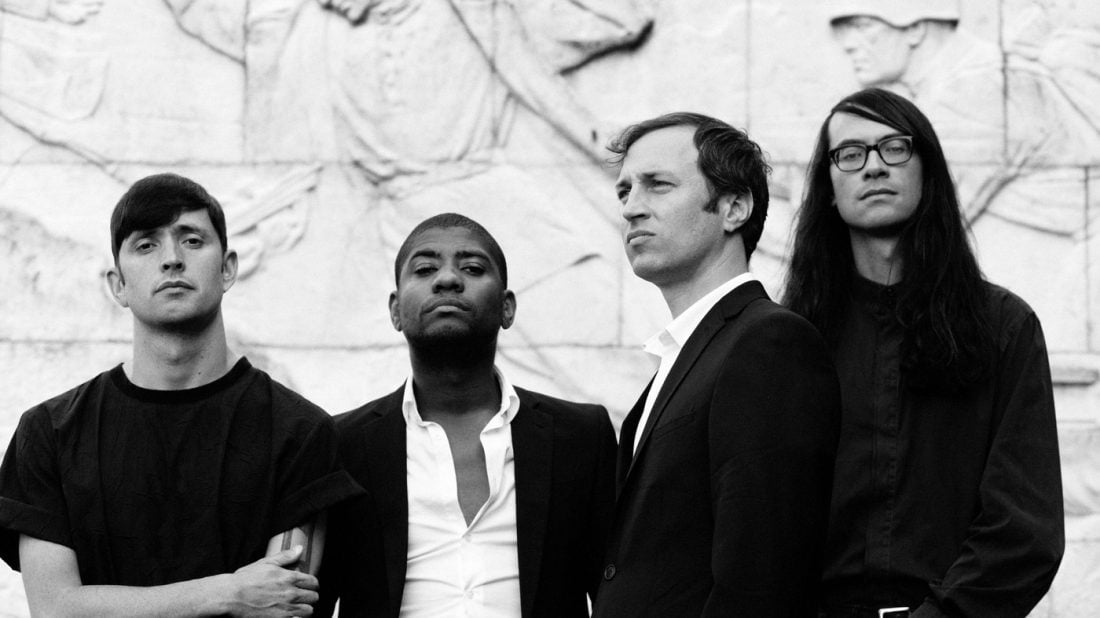
Post-punk and soulful Gospel from singer/guitarist Franklin James Fisher ? Yes please! Atlanta Georgia’s Algiers are doing something new with the sound only touched upon by The Birthday Party and Gun Club.
Bloc Party
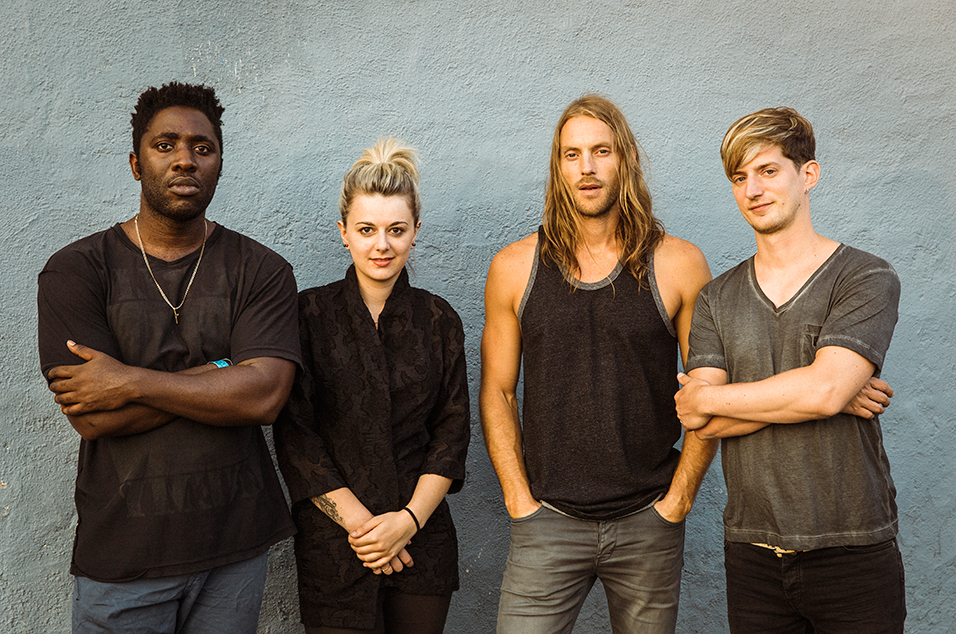
London Post-Punk revival act Bloc Party fronted by Kele Okereke, experiments with post-punk, indie, electronica, and house, while taking influence from acts such as Pixies, Joy Division, Sonic Youth and The Smiths.
TV On The Radio
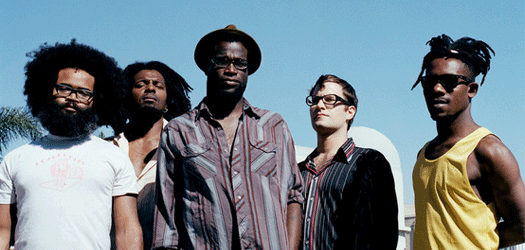
An art-rock band from Brooklyn that are friends with the Yeah Yeah Yeahs. Their influences ranging from Bad Brains, Earth, Wind & Fire, Nancy Sinatra, Serge Gainsbourg, Brian Eno, Prince, to Wire and Siouxsie and the Banshees.
During the U.S. tour for their second album Return to Cookie Mountain, the band performed a few covers with Bauhaus singer Peter Murphy and Nine Inch Nails frontman Trent Reznor.
The Weeknd
Classic Bands
ESG
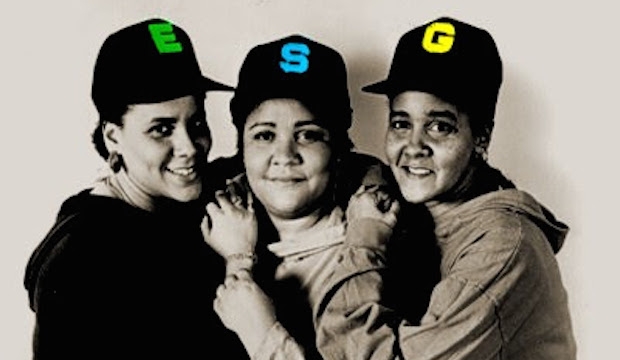
Emerald Sapphire & Gold are a highly influential NYC band that Factory Records head Tony Wilson from approached after their performance at Hurrahs Nightclub, and three days later they began recording with engineer Martin Hannett, where They recorded “Moody” and “You’re No Good” in the first take. Hannett had three minutes left on the master tape, so he had the band record “UFO”.
A Certain Ratio
“all the energy of Joy Division but better clothes.”
Factory Records ACR is one of the most important post-punk bands, with a unique dance-oriented sound, which drew heavily on disco, funk, and they are still going strong.
Majesty Crush
A Detroit area shoegaze band featuring Odell Nails of Spahn Ranch (see below). You may have seen him before, as he is in the Cocteau Twins fever newscast!
Glorious Din
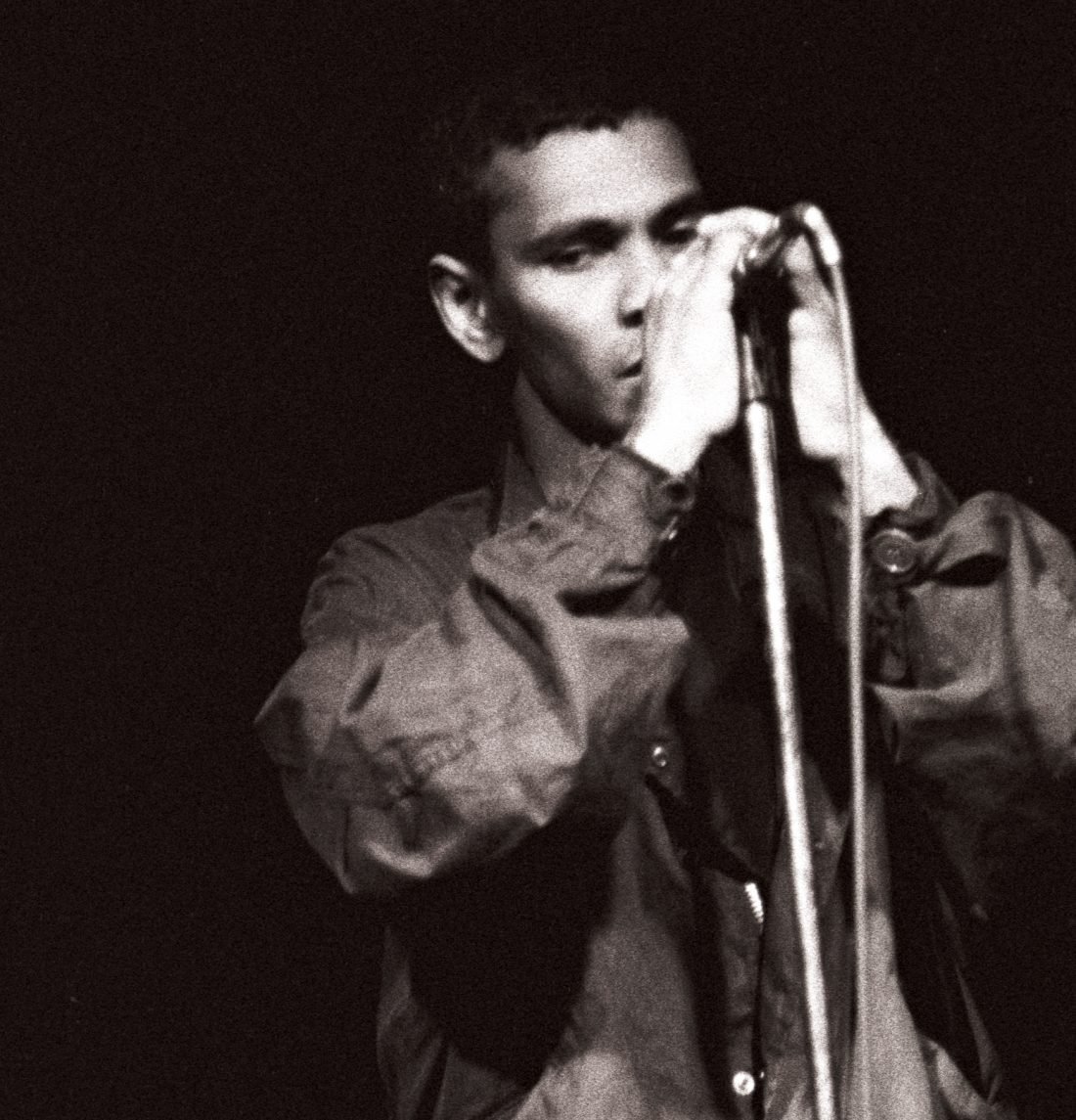
A legendary San Francisco post-punk band fronted by the amazing Eric Cope, who is such a fan of post-punk music, he even named his son after Ian Curtis. Extremely underrated and essential, this band will become one of your favorites, and is one of the most important on this list.
Spahn Ranch
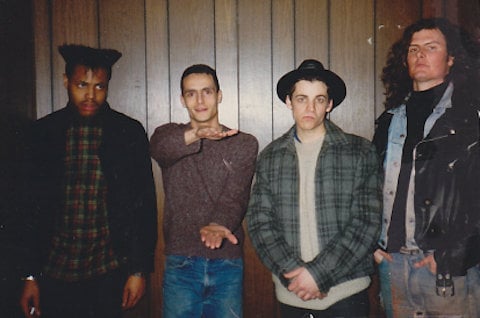
The collaboration of Brad Horowitz, Odell Nails, and singer Bob Sterner in the post-punk band Spahn Ranch.
A band soaked in gothic minimalism that perhaps if they were from the UK would have qualified them as being positive-punk, the band released their only album Thickly Settled in 1986, and on Insight Records run Eric Cope of Glorious Din and after adding bassist Hobey Echlin would go onto to perform with bands such as Killing Joke, Swans, and Psychic TV.
Colourbox
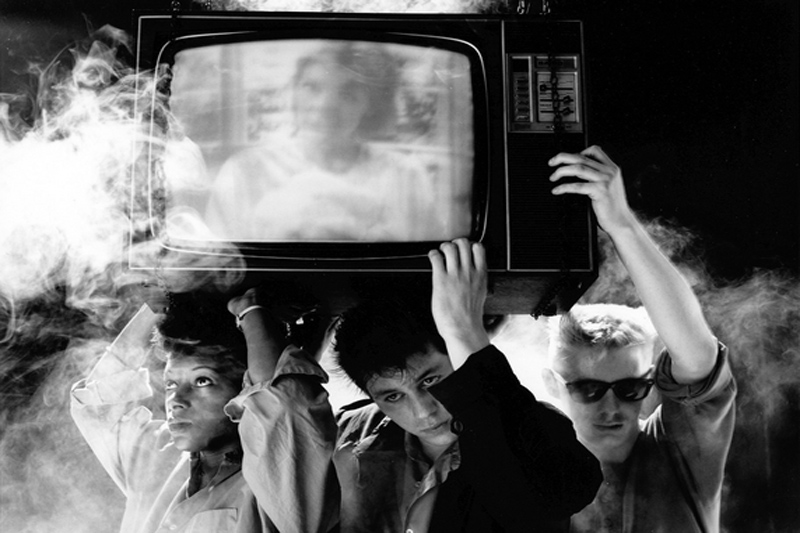
Perhaps best known for their track Tarantula, that was later covered by their label 4AD’s project This Mortal Coil, Colourbox. The band was formed by brothers Martyn and Steve Young, Ian Robbins, and vocalist Debbion Curry, who left the band and with singing duties being taken over by the amazing Lorita Grahame.
AR Kane
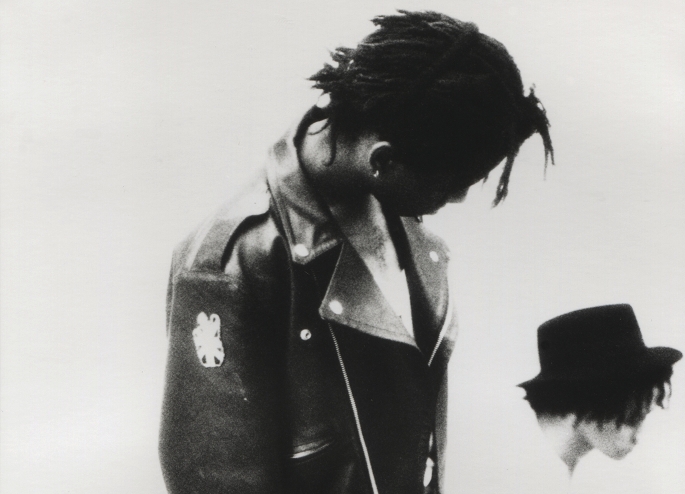
A British musical duo formed in 1986 by Alex Ayuli and Rudy Tambala. In the late 1980s, the duo coined the term “dream pop” to describe their sound, which makes this an essential band for any shoegaze fan worth their salt.
The Veldt
Early 90s shoegaze band from North Carolina that recorded an album in London with Cocteau Twins’ Robin Guthrie.
Black Musicians
Classic Bands
Barry Adamson (Nick Cave and The Bad Seeds, Visage, Magazine)
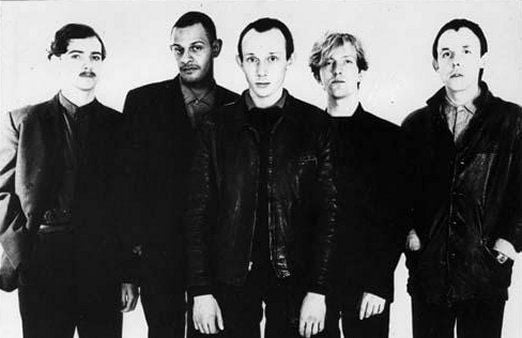
Manchester’s Barry Adamson, as mentioned above, appeared on the first post-punk single Shot by Both Sides by Magazine. He would then go to to join Visage with Magazine guitarist John McGeoch, and while McGeoch would go on to be a legend with Siouxsie and the Banshees, Adamson would go on to play bass on the first 4 Nick Cave and the Bad Seeds albums, and later helping with the music of the David Lynch film Lost Highway.
Too much to write about Barry here! Needless to say he is one of the most important figures in post-punk history.
Eddie “Twiggy” Branch (Peter Murphy, UK Decay)
Embed from Getty Images
Eddie “Twiggy” Branch from Northampton joined the Luton Positive Punk band UK Decay as their bass player just in time to record 1981’s For Madmen Only , later going on to join Peter Murphy’s 100 Men solo band. es, that is him in the video for Cut’s You Up.
Ray Mondo (Sex Gang Children, Southern Death Cult)
Embed from Getty Images
Raymond Taylor-Smith aka Ray Mondo, originally from Sierra Leon was a drummer for Ritual, Death Cult, and Sex Gang Children.
Andy Anderson (The Cure)
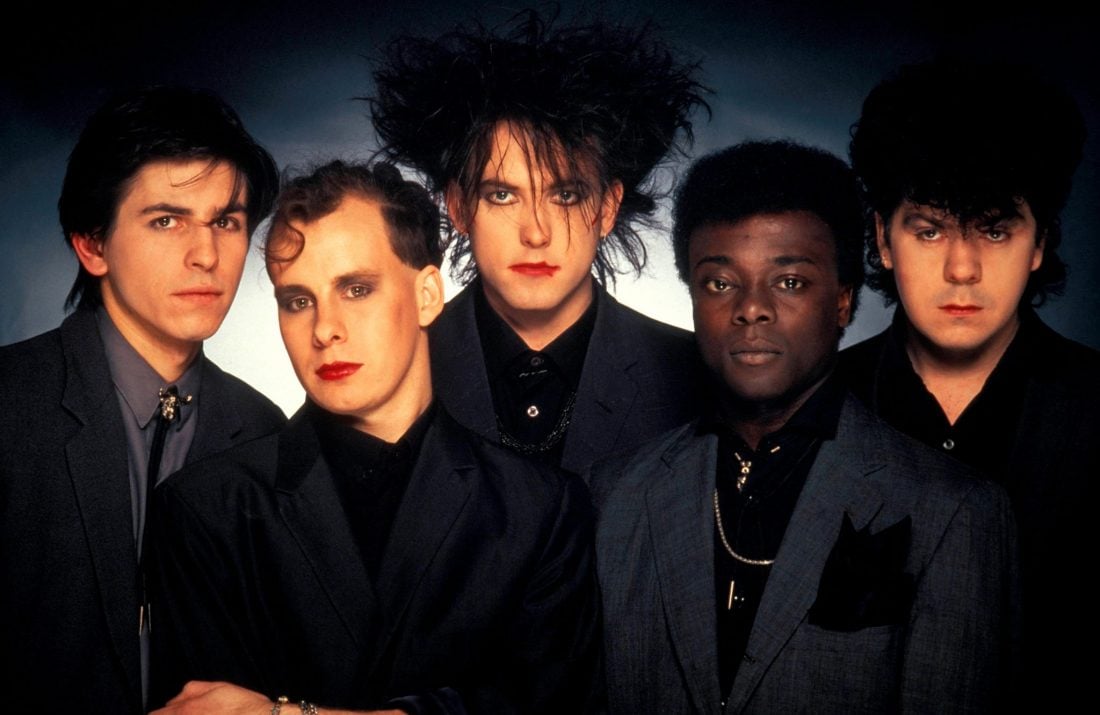
Drummer Andy Anderson was enlisted to join The Cure in 1983, while original drummer Lawrence Tolhurst moved onto synths. Andy appeared on the side project The Glove’s LP Blue Sunshine, as well as the collection of singles Japanese Whispers, and The Top. Andy has also collaborated with Iggy Pop, Peter Gabriel, Sham 69, and more!
Allan Dias (PIL)
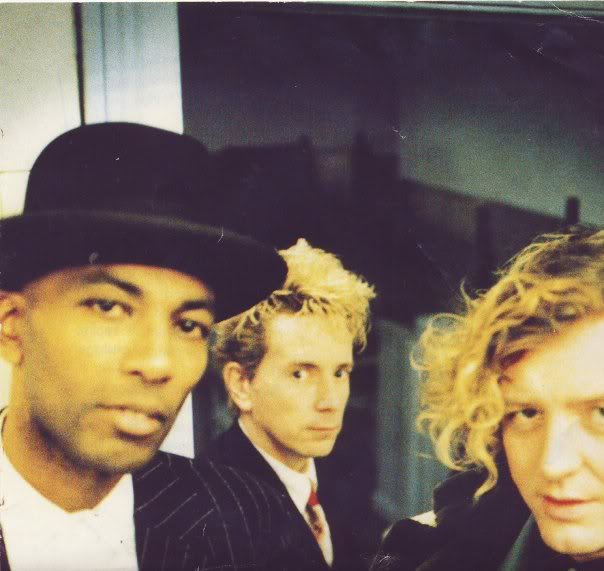
Allan Dias was Public Image Limited’s bassist from 1986 to 1992, performing on three albums, ‘Happy?’, ‘9’ and ‘That What is Not’. Self taught, and coming from a jazz background, Dias, along with guitarist John McGeoch were the backbone of the “new” PiL.
Kid Congo Powers (The Gun Club, the Cramps and Nick Cave and the Bad Seeds).
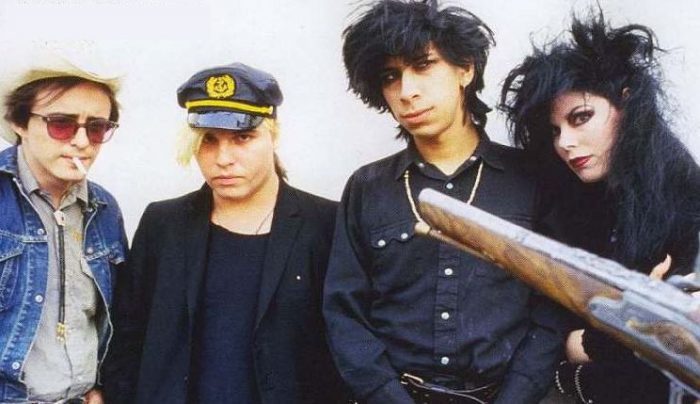
Brian Tristan aka Kid Congo Powers is a guitarist and singer that is best known as a member of The Gun Club, The Cramps and Nick Cave and the Bad Seeds.
Despite being of Mexican descent, we thought him an essential representstion of poc on this list.
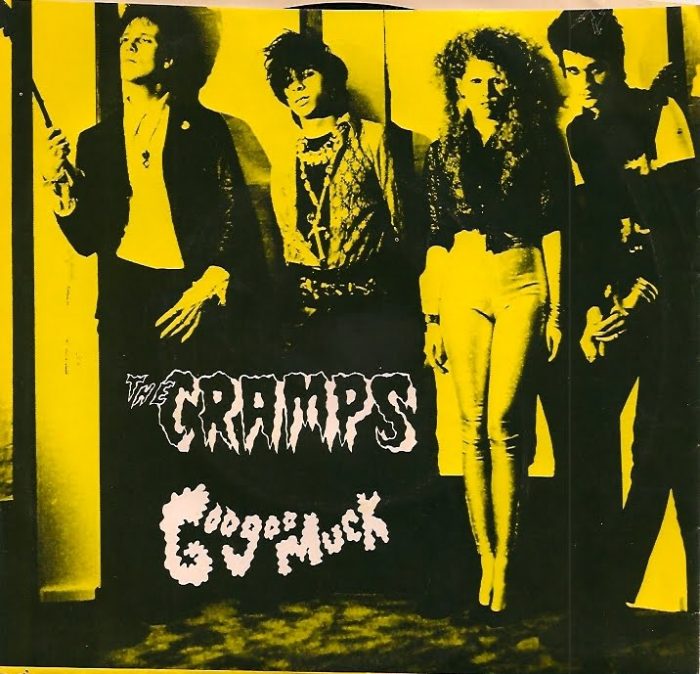
Zeke Manyika (Orange Juice)
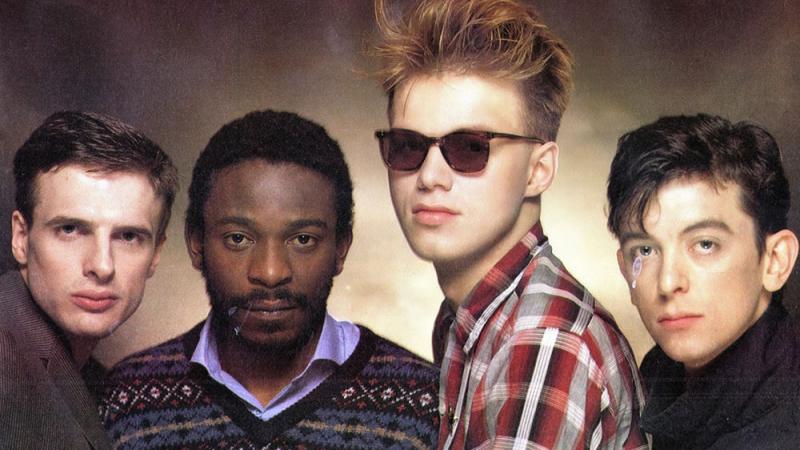 Zimbabwe’s Zeke Manyika is a percussionist, vocalist, and songwriter that performed with Glasgow’s Orange Juice from 1982-1984, notably featured hit single Rip it Up. Zeke has also collaborated with Matt Johnson’s band The The.
Zimbabwe’s Zeke Manyika is a percussionist, vocalist, and songwriter that performed with Glasgow’s Orange Juice from 1982-1984, notably featured hit single Rip it Up. Zeke has also collaborated with Matt Johnson’s band The The.
Gail Ann Dorsey (Bowie, Tears for Fears, Gang of Four)
A session musician working with a wide variety of arists, most notably David Bowie, she makes this list because she also has worked with Tears For Fears, The The, and Gang of Four.
Strange Boutique
Singer and punk veteran Monica Richards band prior to forming Faith and The Muse.
Any we missed?
There surely are more black artists we have overlooked, especially those who were members of smaller bands throughout the years. In the goth scene we would like to give a shoutout to Steve Williams (Altered States, Nine Day Decline etc), and Geoff Bruce (Sunshine Blind, Faith and the Muse), as well as Mexican American artistSteven Archer of Ego Likeness.
There are some other newer bands we would also like to mention that have black representation among their ranks:
Fearing
Ganser
Cult of Youth
Martyr Whore
One more thing…
No, not that Martin Gore is half black (yes, this is true). We just want to thank Prince, and Terrance Trent Darby for being such a gateway drug to post-punk and goth, for everyone of all complexions.
Also, the first cover of Joy Division ever was done by none other than Grace Jones who also at that time covered The Normal’s Warm Leatherette.